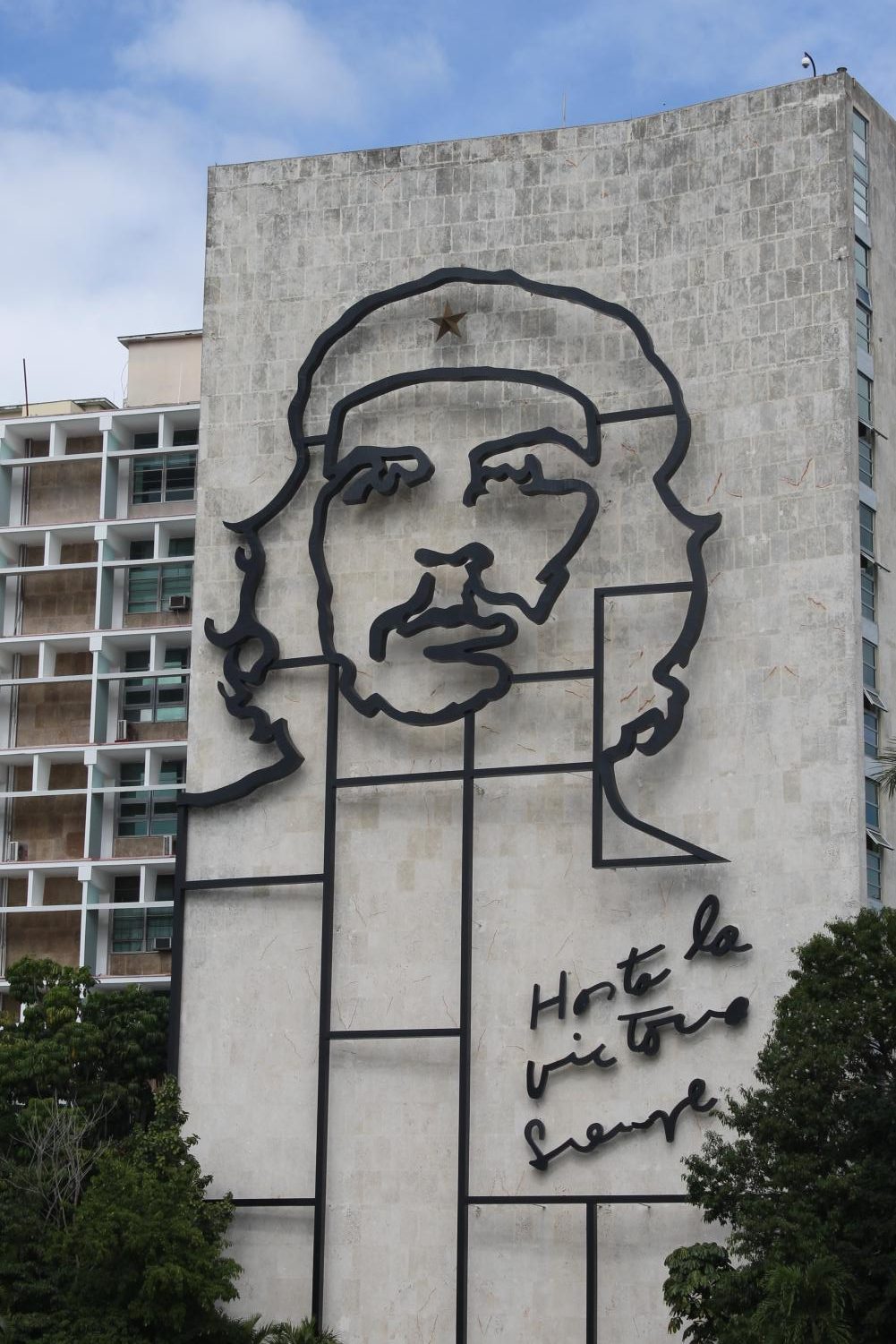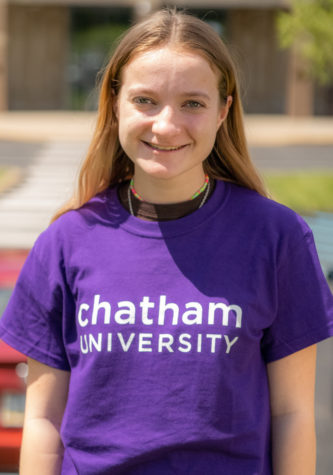So Close and Yet So Far: A Trip to Cuba
A photo essay of a rare vacation to a nearby destination that is little known to most Americans
Over winter break, my family and I took a week-long trip to a destination few other Americans have visited: Cuba. We left early on December 29th and began our day-long journey to the country’s capital, Havana.

The flight from Florida to Cuba takes a little over an hour, but while it may seem a short and simple trip, the process to get there is much more complex.
In the early part of the 20th century, Cuba was the most popular Caribbean destination for American tourists. During that time, Havana was known as the “Latin Las Vegas.”
But in 1963, a couple of years after the Cuban Communist Revolution, President Kennedy prohibited travel to the island. 62 years later, the Obama administration eased restrictions, allowing “people-to-people” licenses that enabled Americans to travel to Cuba only for educational or religious reasons. A year later, the rules expanded, allowing 12 approved categories for traveling to Cuba. My family and I visited the country under the approved category of learning and educating ourselves about the Cuban people.
Still, unlike travel to most other countries in the world, visiting Cuba requires many certifications, as well as Visas for each family member and a form stating where you plan to go on the island, with whom, and for how long.


The longest lasting economic embargo in world history is the American embargo on Cuba. Because of the embargo, many of the commercial products in Cuba harken back to a bygone time. The transportation methods in the country range from horse and carriage to old 1950’s cars that are still functioning. The US stopped shipping cars to Cuba in 1960.
While we were there, many of the older cars appeared to run relatively well, though they were often held together by mixed car parts and lawn mowing pieces. Recently, Cuba has been importing new cars from China, but Cuba’s per capita income is below $9,000 and the price of the Chinese cars is beyond the reach of the average Cuban.


Throughout the different city streets, the overflow of stray animals, especially dogs, is prominent. Almost all of the stray animals are spayed and have collars that include information regarding whether they have fleas, are fixed, or carry any diseases.
Our tour guide, Manuel, spoke to us about the scent tourists give off to the stray animals, which have grown accustomed the foreigners because they are more likely to feed them. Numerous dogs followed us on hikes and bike rides and were friendly, familiar faces along the trip. We also noticed that many local shops leave out scraps for the animals.


Palm trees cover the depths between each building and Cuban magnolias flourish along the hillsides. One of the areas we visited was a nature reserve consisting of different bamboo species and wild hibiscus that grows abundantly across the island. Another native plant, sugarcane is popularly used for its juice. The many varieties of fruits and plants in Cuba are all utilized for their natural resources.


Neoclassicism presents itself in the architecture throughout Cuba, as the country was heavily influenced by architectural design in France during the 19th century. Additionally, Spanish designs and customs made their way to many older parts of Cuba, such as Havana. Many of the buildings are colored bright yellows, pinks, and blues. The country has few skyscrapers, and the only especially large buildings are historic churches that are all fitted with long towers and bells.


After Batista’s overthrow in 1959, Fidel Castro assumed military and political power as Cuba’s prime minister. Long an enemy of the United States, Castro was the face of Communist dictatorship in the western hemisphere. However, even today, many Cuban residents have deep respect for Fidel Castro and Che Guevara, the Argentine revolutionary who assisted Castro during the revolution.
Listening to how Cuban people viewed communism as opposed to what we have been taught and told in the US was difficult to put into perspective. The building there had banners and the words, ” 26th of July,” which represent Fidel Castro and his ideas.


One of the highlights of our trip was kayaking the Bay of Pigs, which is in an inlet of the Gulf of Cazones. The Bay of Pigs served as a botched invasion on April 17, 1961 when President Kennedy tried to assassinate Fidel Castro. Now, the Bay of Pigs is a quiet, reserved beach area where many locals recreate.
Many of the beaches in Cuba are untouched by tourists and serve as pristine homes for animals native to Cuba.

An utterly unique vacation, Cuba offers a combination of natural beauty, historical fascination, and cultural surprises that would be hard to find if you were to travel twice (or even 20 times) as far from the US coast.


Sophia is a senior writer for The Uproar. She plays for North Allegheny Field Hockey and enjoys writing on the staff. Outside of school, she loves making art, traveling, and buying excessive amounts of coffee.

